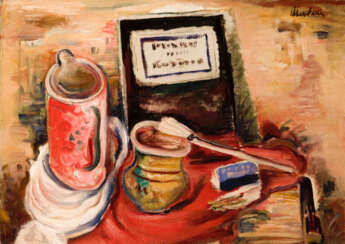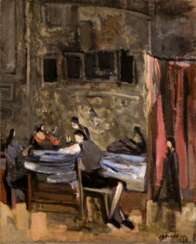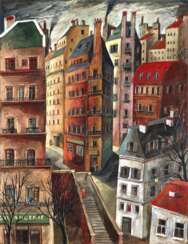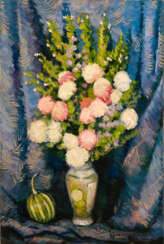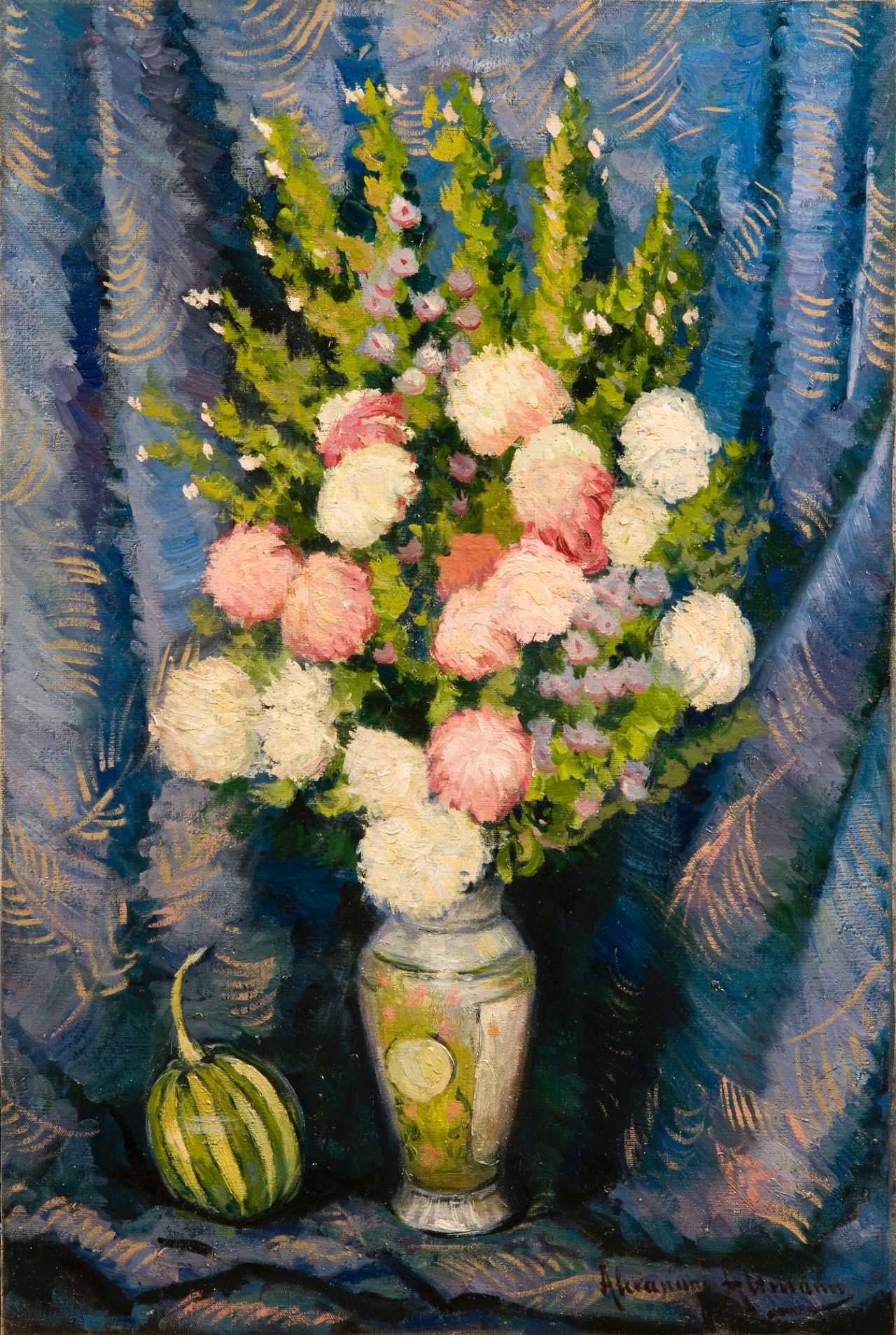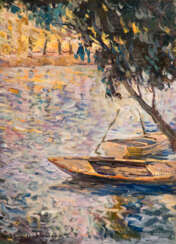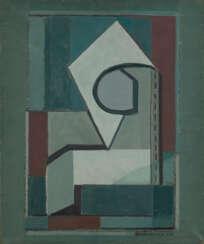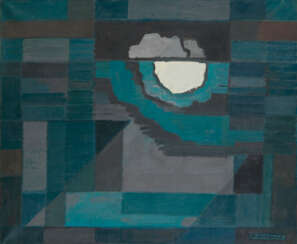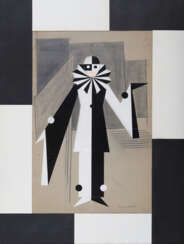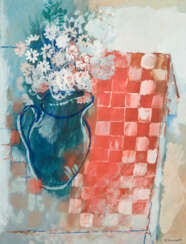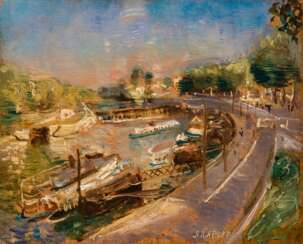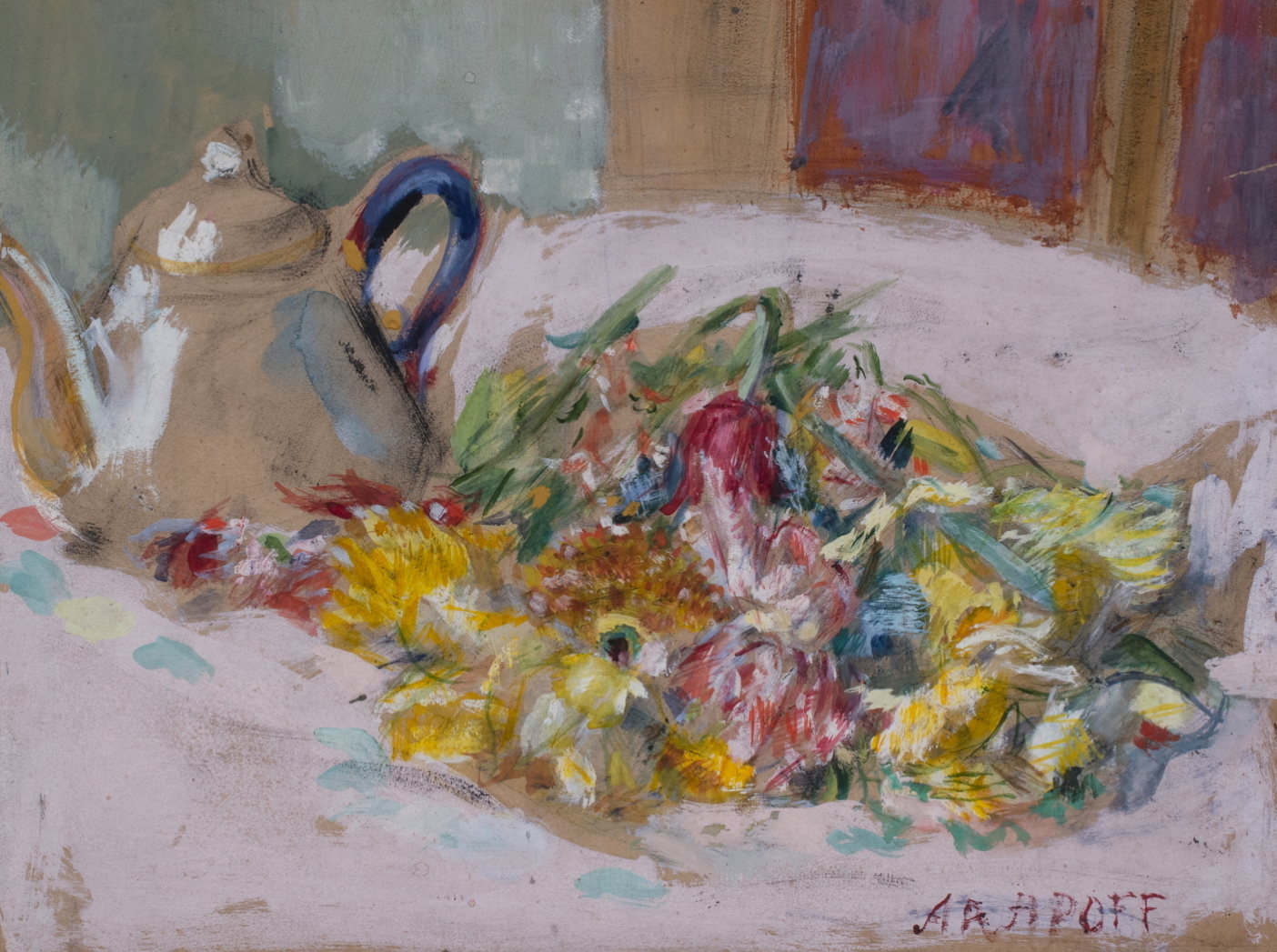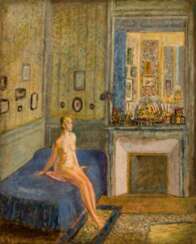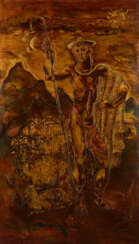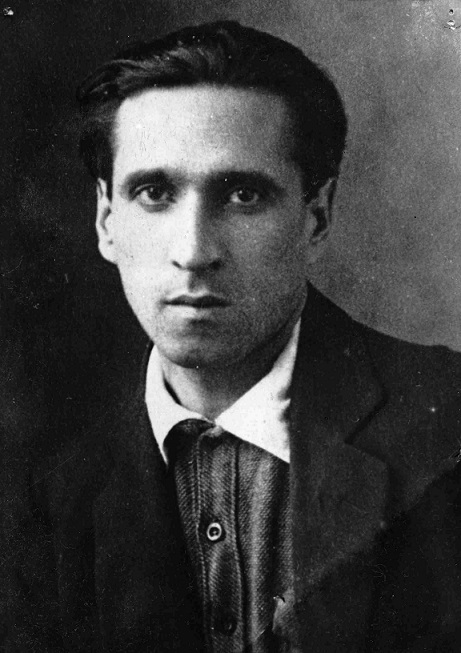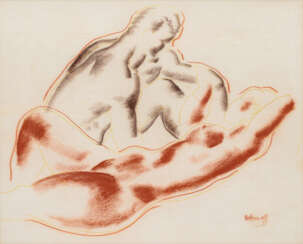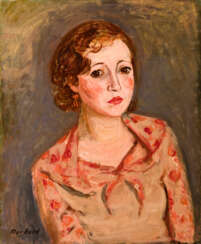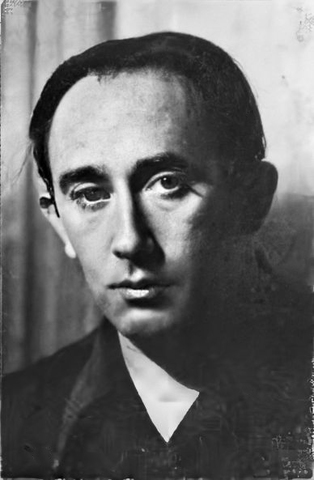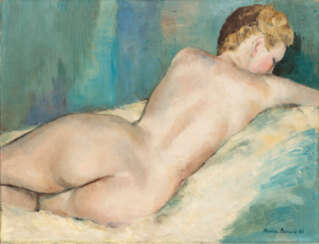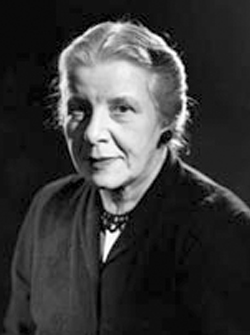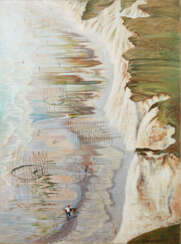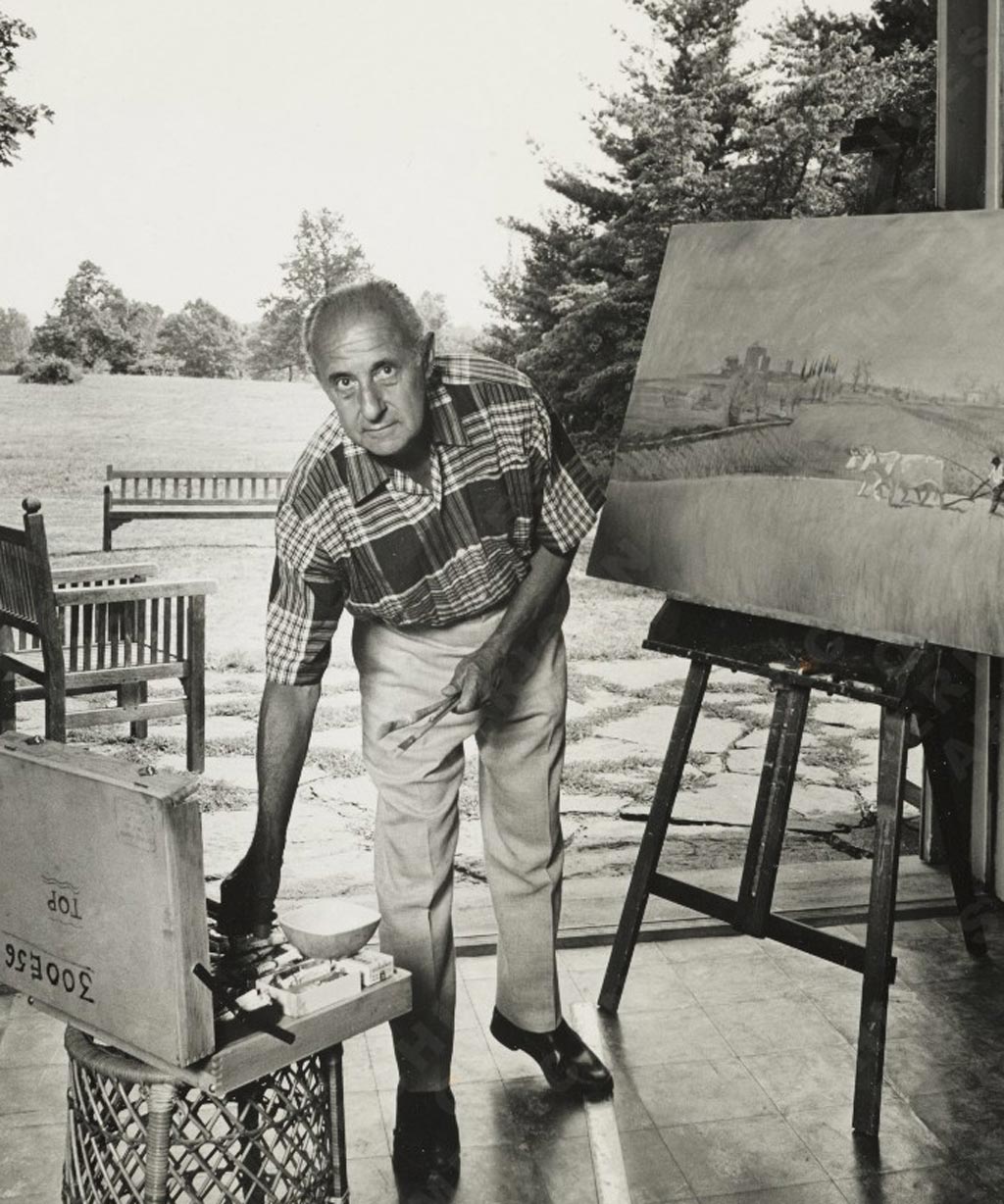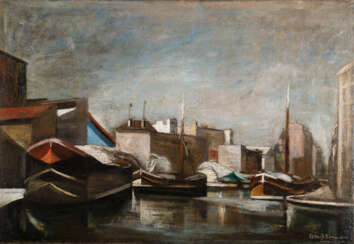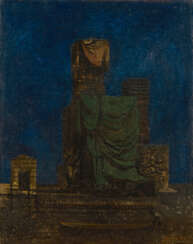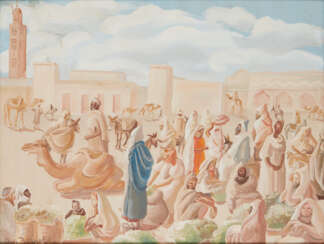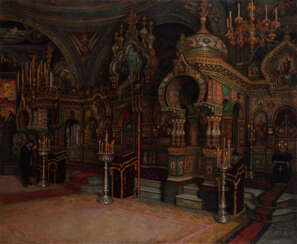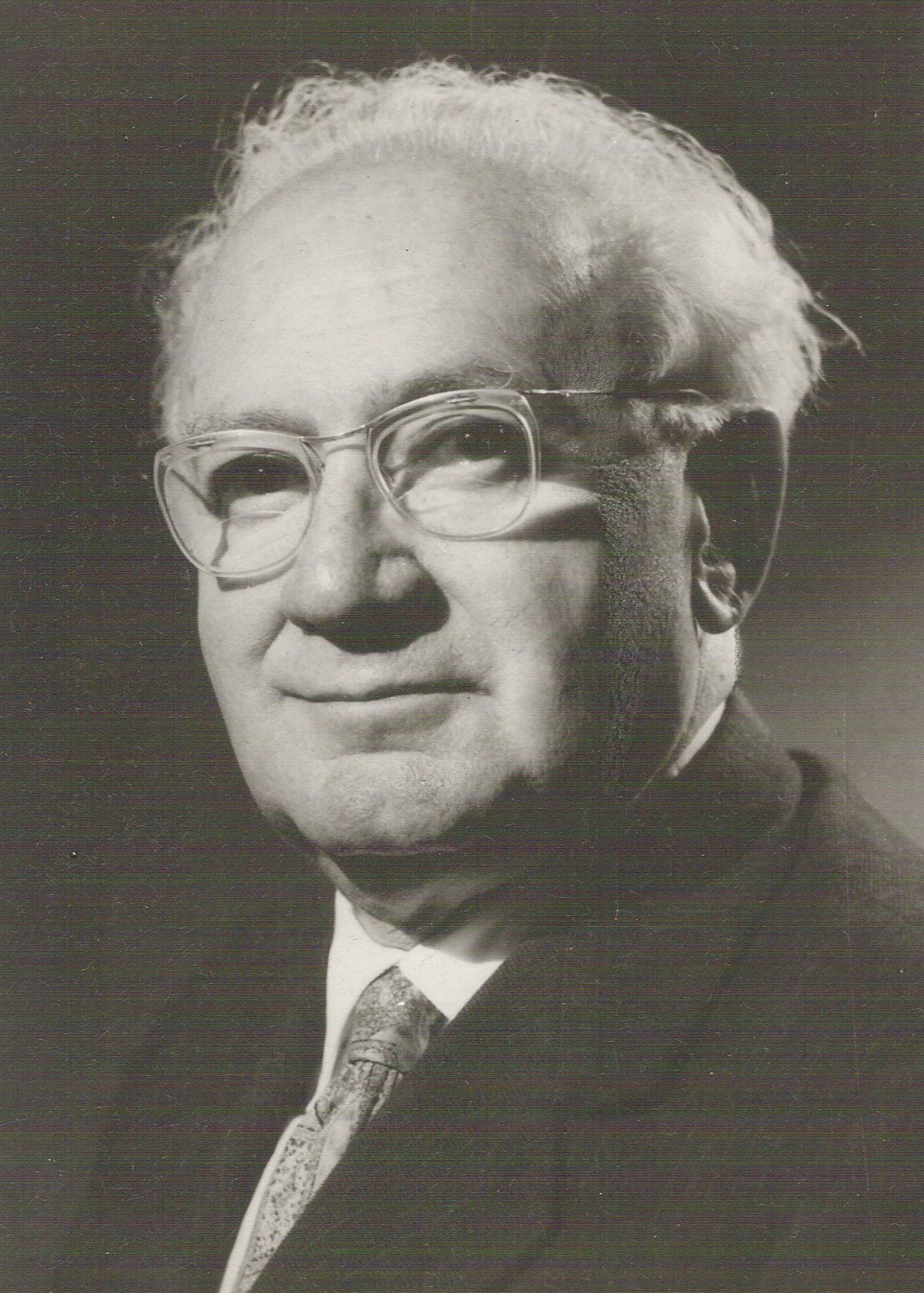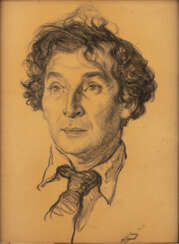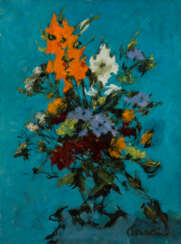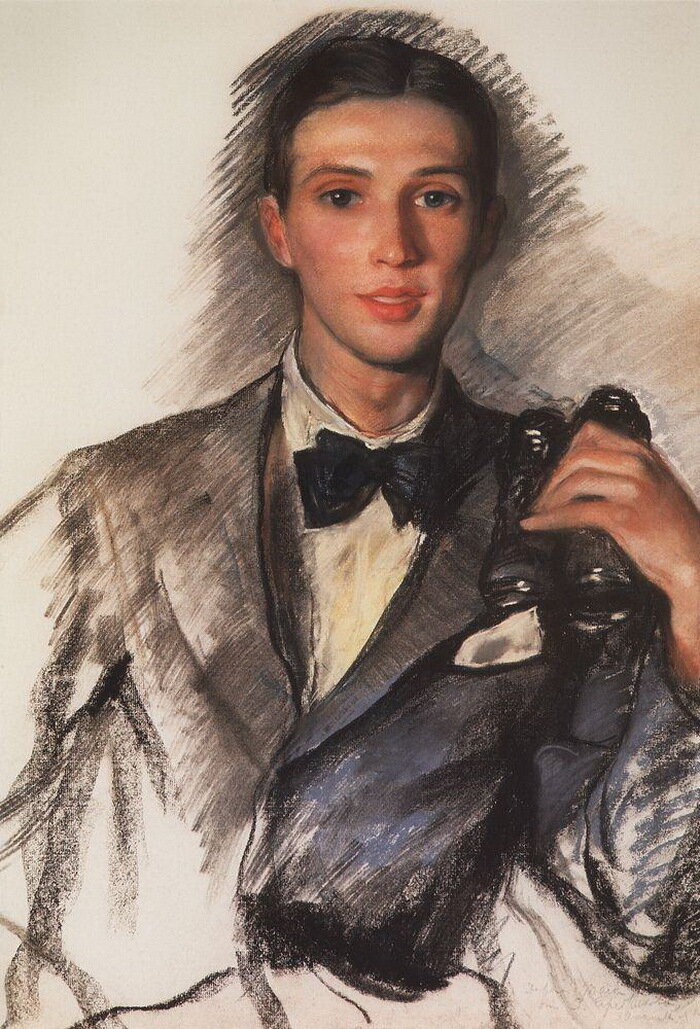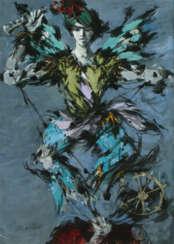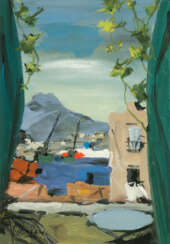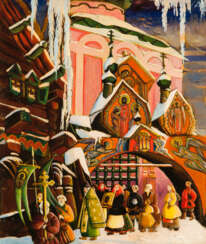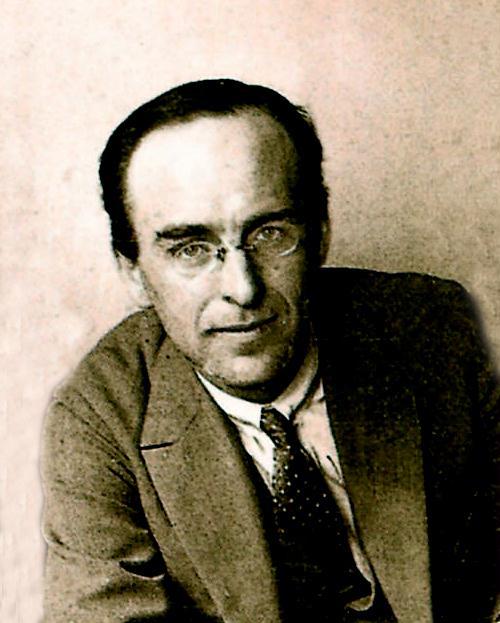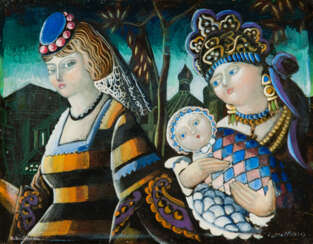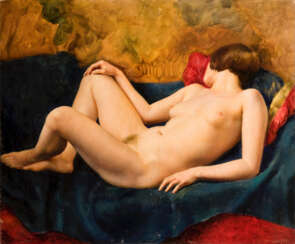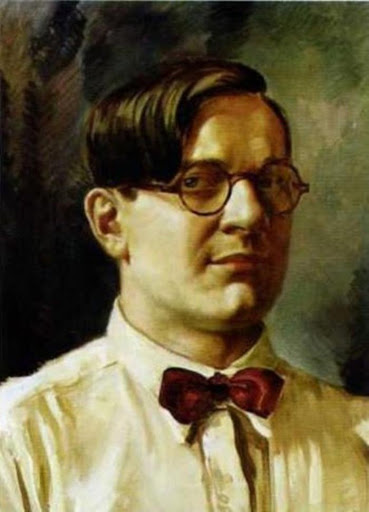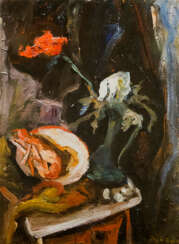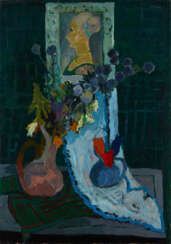
École de Paris and Russian Artists in France
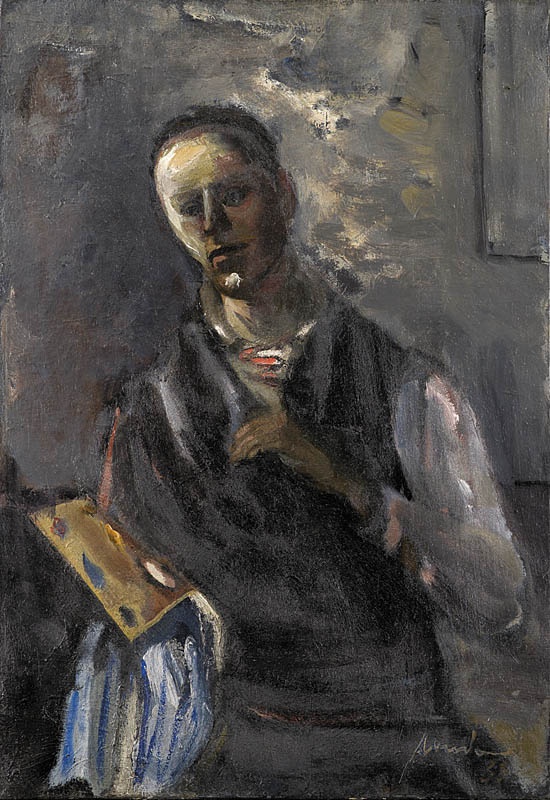
Alfred Aberdam was a Polish painter associated with the School of Paris, known for his participation in the artistic movements of the early 20th century. Born in Lviv, then part of the Austro-Hungarian Empire, Aberdam's journey in the arts began with his studies at the Munich Academy in 1911. His life and work were marked by significant historical events, including imprisonment during World War I and an active period in Poland's art scene before settling in Paris. Aberdam's contributions are remembered through his numerous exhibitions, including solo showcases in Paris, London, and Tel-Aviv, as well as posthumous retrospectives like the one in Geneva's Petit Palais in 1970.
Aberdam's works reflect the cultural dynamism of the School of Paris, capturing a confluence of influences that characterized the European art scene. Despite being somewhat lesser-known, his paintings have been traded at auction, reflecting a continued interest and recognition of his artistic legacy. His art remains an important part of the narrative of Jewish painters in Paris from 1905 to 1939, contributing to our understanding of the era's artistic diversity.
For collectors and experts in art and antiques, Aberdam's work embodies the intricate history and cultural exchanges of the early 20th century European art world. His paintings not only represent his individual talent but also tell the story of the times in which he lived, worked, and created. Understanding Aberdam's art is a journey through the cultural melting pot that was Paris during a pivotal period in modern art history.
For those interested in exploring the legacy and works of Alfred Aberdam further, or seeking to keep abreast of new product sales and auction events related to his work, subscribing for updates is invaluable. Stay informed on the latest developments and opportunities to appreciate or acquire pieces by this notable artist. Subscribe now to ensure you are alerted to new sales and auction events featuring the esteemed Alfred Aberdam.

Alfred Aberdam was a Polish painter associated with the School of Paris, known for his participation in the artistic movements of the early 20th century. Born in Lviv, then part of the Austro-Hungarian Empire, Aberdam's journey in the arts began with his studies at the Munich Academy in 1911. His life and work were marked by significant historical events, including imprisonment during World War I and an active period in Poland's art scene before settling in Paris. Aberdam's contributions are remembered through his numerous exhibitions, including solo showcases in Paris, London, and Tel-Aviv, as well as posthumous retrospectives like the one in Geneva's Petit Palais in 1970.
Aberdam's works reflect the cultural dynamism of the School of Paris, capturing a confluence of influences that characterized the European art scene. Despite being somewhat lesser-known, his paintings have been traded at auction, reflecting a continued interest and recognition of his artistic legacy. His art remains an important part of the narrative of Jewish painters in Paris from 1905 to 1939, contributing to our understanding of the era's artistic diversity.
For collectors and experts in art and antiques, Aberdam's work embodies the intricate history and cultural exchanges of the early 20th century European art world. His paintings not only represent his individual talent but also tell the story of the times in which he lived, worked, and created. Understanding Aberdam's art is a journey through the cultural melting pot that was Paris during a pivotal period in modern art history.
For those interested in exploring the legacy and works of Alfred Aberdam further, or seeking to keep abreast of new product sales and auction events related to his work, subscribing for updates is invaluable. Stay informed on the latest developments and opportunities to appreciate or acquire pieces by this notable artist. Subscribe now to ensure you are alerted to new sales and auction events featuring the esteemed Alfred Aberdam.
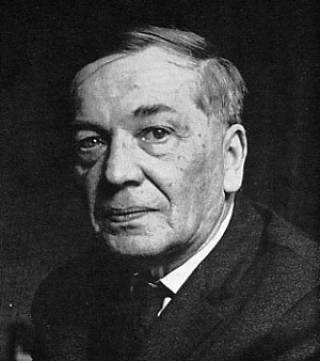
Mikhail Fedorovich Andrienko-Nechytailo (Russian: Михаил Фёдорович Андриенко-Нечитайло) was a Russian artist known for his contributions to the avant-garde movement. Born in 1894, he became renowned for his innovative approach to painting, stage design, and illustration. Andrienko-Nechytailo’s work is celebrated for its unique blend of Constructivism and Cubism, which set him apart from his contemporaries.
One of his special features was his ability to combine geometric forms with a vibrant color palette, creating visually striking compositions that challenged traditional artistic conventions. His works often explored themes of abstraction and the intersection of art and technology. His notable pieces are housed in prestigious collections, including the Tretyakov Gallery in Moscow and the Russian Museum in Saint Petersburg.
Collectors and art experts admire Andrienko-Nechytailo for his visionary approach and lasting impact on modern art. His legacy continues to influence contemporary artists and is a testament to his skill and creativity.
Sign up for updates on new product sales and auction events related to Mikhail Fedorovich Andrienko-Nechytailo. Stay informed about opportunities to add his remarkable works to your collection.

Mikhail Fedorovich Andrienko-Nechytailo (Russian: Михаил Фёдорович Андриенко-Нечитайло) was a Russian artist known for his contributions to the avant-garde movement. Born in 1894, he became renowned for his innovative approach to painting, stage design, and illustration. Andrienko-Nechytailo’s work is celebrated for its unique blend of Constructivism and Cubism, which set him apart from his contemporaries.
One of his special features was his ability to combine geometric forms with a vibrant color palette, creating visually striking compositions that challenged traditional artistic conventions. His works often explored themes of abstraction and the intersection of art and technology. His notable pieces are housed in prestigious collections, including the Tretyakov Gallery in Moscow and the Russian Museum in Saint Petersburg.
Collectors and art experts admire Andrienko-Nechytailo for his visionary approach and lasting impact on modern art. His legacy continues to influence contemporary artists and is a testament to his skill and creativity.
Sign up for updates on new product sales and auction events related to Mikhail Fedorovich Andrienko-Nechytailo. Stay informed about opportunities to add his remarkable works to your collection.
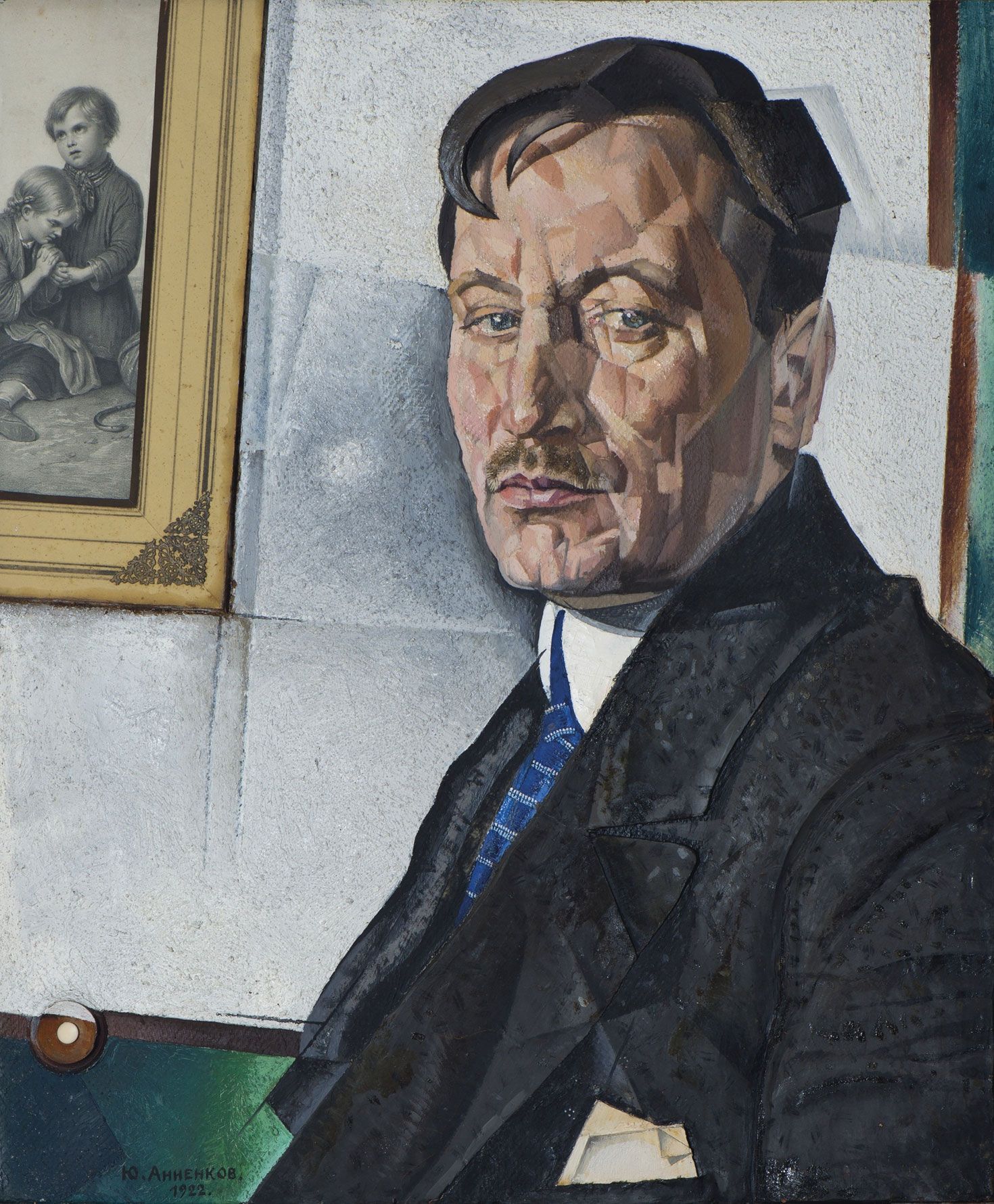
Yury Pavlovich Annenkov (Russian: Юрий Павлович Анненков) was a prominent Russian artist, renowned for his avant-garde book illustrations and portraits, as well as his work in theater and cinema. Born in 1889 in Petropavlovsk, Russian Empire, and passing away in 1974 in Paris, France, Annenkov's artistic journey was shaped by the tumultuous times he lived in. His work is celebrated for capturing the essence of an era marked by revolution and change, employing a style that is both dynamic and reflective of the Synthetism movement, emphasizing the synthetic essence of his subjects.
Annenkov's early years were spent in St. Petersburg, where he was influenced by prominent figures and movements of the time. He honed his skills in Paris, working in the studios of Maurice Denis and Félix Vallotton, and later, his talents led him to design iconic works for the Bolshevik government, such as the staging of "The Storming of the Winter Palace". His acclaimed book "Portraits," published in 1922, featured 80 pictures of key Russian art figures, showcasing his exceptional talent in capturing personalities through his art.
In 1924, Annenkov left Soviet Russia, eventually settling in Paris, where he continued to flourish as an artist, working on landscapes, female portraits, interiors, and achieving success in the film industry as a costume designer, notably receiving an Academy Award nomination for his work.
Among his notable works are "Dreams of a Provincial (Borovichi)," "Portrait of Elena Borisovna Annenkova," "June. Forest," "Portrait of Miron Abramovich Sherling," "Portrait of A.M. Gorky," and the "Illustration for the poem 'The Twelve' by A.A. Blok," each piece highlighting his ability to blend academic drawing with avant-garde techniques.
For collectors and art and antiques experts, Annenkov's works offer a glimpse into the rich tapestry of 20th-century Russian art, marked by its innovation, depth, and historical significance. His legacy continues to inspire and captivate audiences worldwide.
To stay updated on sales and auction events featuring Yury Pavlovich Annenkov's work, sign up for our newsletter. This subscription ensures you'll be the first to know about new product sales and auction events related to this remarkable artist.

Yury Pavlovich Annenkov (Russian: Юрий Павлович Анненков) was a prominent Russian artist, renowned for his avant-garde book illustrations and portraits, as well as his work in theater and cinema. Born in 1889 in Petropavlovsk, Russian Empire, and passing away in 1974 in Paris, France, Annenkov's artistic journey was shaped by the tumultuous times he lived in. His work is celebrated for capturing the essence of an era marked by revolution and change, employing a style that is both dynamic and reflective of the Synthetism movement, emphasizing the synthetic essence of his subjects.
Annenkov's early years were spent in St. Petersburg, where he was influenced by prominent figures and movements of the time. He honed his skills in Paris, working in the studios of Maurice Denis and Félix Vallotton, and later, his talents led him to design iconic works for the Bolshevik government, such as the staging of "The Storming of the Winter Palace". His acclaimed book "Portraits," published in 1922, featured 80 pictures of key Russian art figures, showcasing his exceptional talent in capturing personalities through his art.
In 1924, Annenkov left Soviet Russia, eventually settling in Paris, where he continued to flourish as an artist, working on landscapes, female portraits, interiors, and achieving success in the film industry as a costume designer, notably receiving an Academy Award nomination for his work.
Among his notable works are "Dreams of a Provincial (Borovichi)," "Portrait of Elena Borisovna Annenkova," "June. Forest," "Portrait of Miron Abramovich Sherling," "Portrait of A.M. Gorky," and the "Illustration for the poem 'The Twelve' by A.A. Blok," each piece highlighting his ability to blend academic drawing with avant-garde techniques.
For collectors and art and antiques experts, Annenkov's works offer a glimpse into the rich tapestry of 20th-century Russian art, marked by its innovation, depth, and historical significance. His legacy continues to inspire and captivate audiences worldwide.
To stay updated on sales and auction events featuring Yury Pavlovich Annenkov's work, sign up for our newsletter. This subscription ensures you'll be the first to know about new product sales and auction events related to this remarkable artist.

Yury Pavlovich Annenkov (Russian: Юрий Павлович Анненков) was a prominent Russian artist, renowned for his avant-garde book illustrations and portraits, as well as his work in theater and cinema. Born in 1889 in Petropavlovsk, Russian Empire, and passing away in 1974 in Paris, France, Annenkov's artistic journey was shaped by the tumultuous times he lived in. His work is celebrated for capturing the essence of an era marked by revolution and change, employing a style that is both dynamic and reflective of the Synthetism movement, emphasizing the synthetic essence of his subjects.
Annenkov's early years were spent in St. Petersburg, where he was influenced by prominent figures and movements of the time. He honed his skills in Paris, working in the studios of Maurice Denis and Félix Vallotton, and later, his talents led him to design iconic works for the Bolshevik government, such as the staging of "The Storming of the Winter Palace". His acclaimed book "Portraits," published in 1922, featured 80 pictures of key Russian art figures, showcasing his exceptional talent in capturing personalities through his art.
In 1924, Annenkov left Soviet Russia, eventually settling in Paris, where he continued to flourish as an artist, working on landscapes, female portraits, interiors, and achieving success in the film industry as a costume designer, notably receiving an Academy Award nomination for his work.
Among his notable works are "Dreams of a Provincial (Borovichi)," "Portrait of Elena Borisovna Annenkova," "June. Forest," "Portrait of Miron Abramovich Sherling," "Portrait of A.M. Gorky," and the "Illustration for the poem 'The Twelve' by A.A. Blok," each piece highlighting his ability to blend academic drawing with avant-garde techniques.
For collectors and art and antiques experts, Annenkov's works offer a glimpse into the rich tapestry of 20th-century Russian art, marked by its innovation, depth, and historical significance. His legacy continues to inspire and captivate audiences worldwide.
To stay updated on sales and auction events featuring Yury Pavlovich Annenkov's work, sign up for our newsletter. This subscription ensures you'll be the first to know about new product sales and auction events related to this remarkable artist.
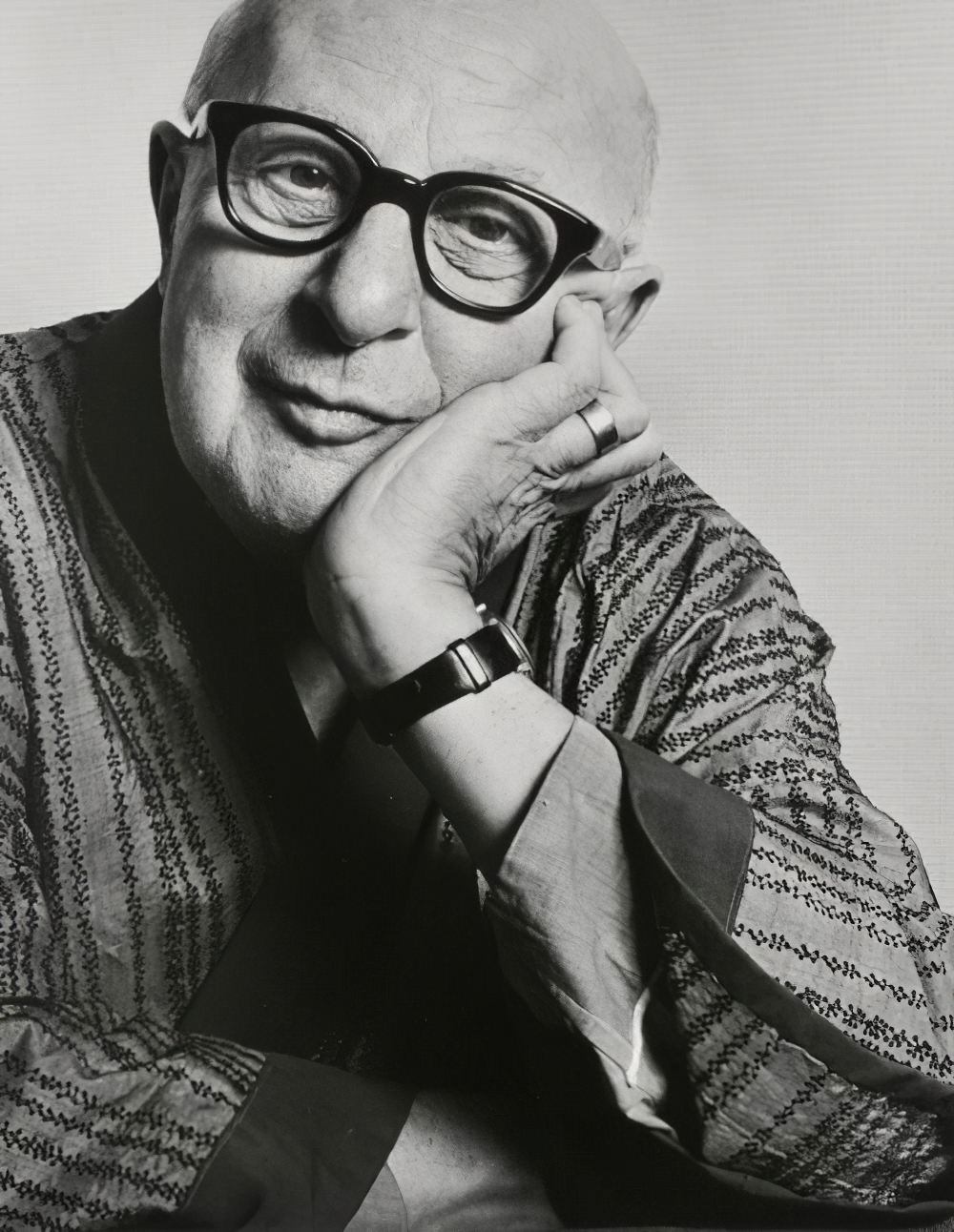
Eugène Berman was a Russian-born American painter and stage designer associated with the Surrealist and Neo-Romantic movements.
Eugene Berman's work often portrayed dreamlike landscapes, architectural structures and enigmatic figures. Berman was known for his meticulous attention to detail, rich colour palette and sense of theatricality in his compositions.
In his paintings, Berman created a world of poetic and mysterious atmosphere, evoking a sense of melancholy and introspection. His subjects often included mythological or allegorical figures, ruins and stage sets. His work had a surrealistic quality, mixing reality and imagination.
Eugène Berman also made a significant contribution to set design for theatre productions, particularly in collaboration with his wife, Leonora Carrington, a renowned surrealist painter. Their joint artistic vision brought surreal and fantastical elements to the stage, enhancing the overall theatrical impression.
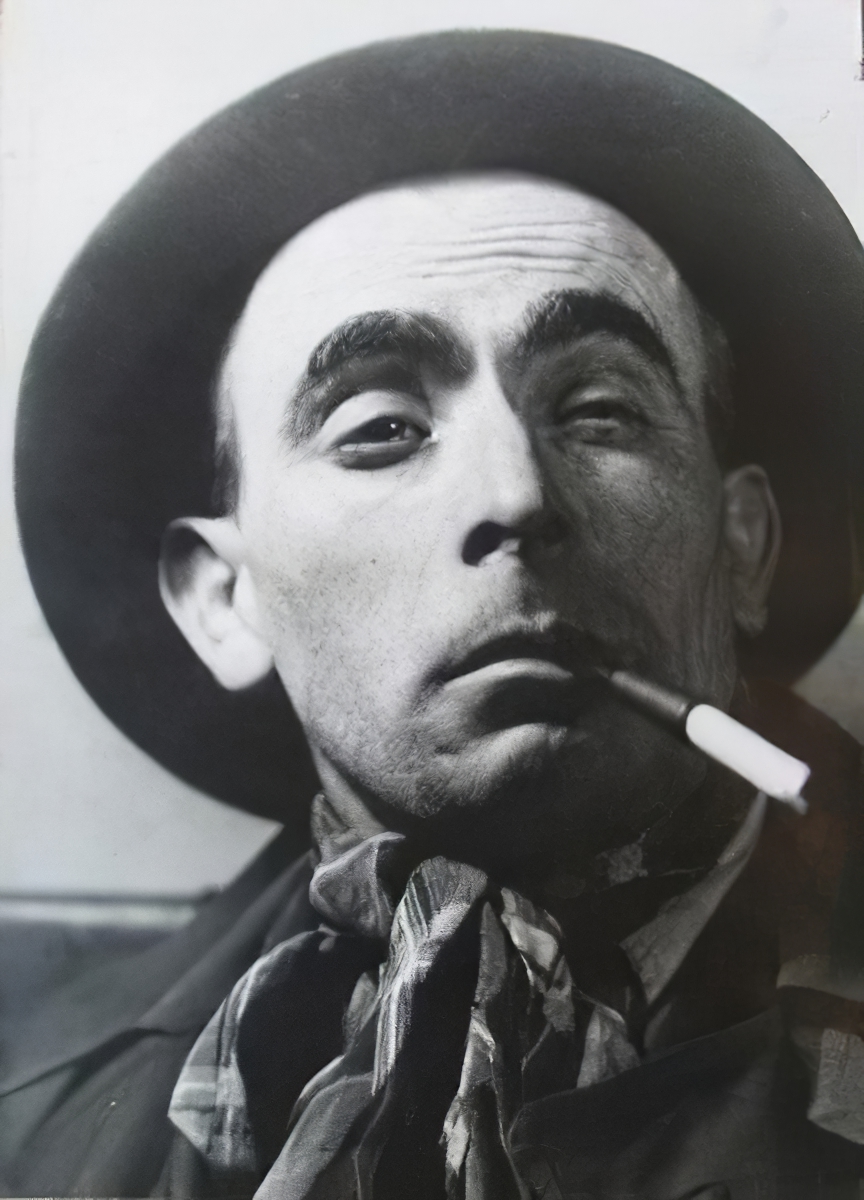
Jacques (Ya'akov) Chapiro was a painter of the School of Paris.
Chapiro's works can be found in museums in the United States (Chicago), Russia (Moscow) and France (Jeu de Paume, Paris). As to his artistic style, it seems that Chapiro was fond of experiments. His many paintings are much different from one another; some are classified as Cubistic in style, some as Impressionist and others as Fauvist. Throughout his artistic career, Chapiro kept sketching in his unique signature, with a light and talented hand. It is in his realistic sketching, which are somewhat casual, that one can be truly impressed by his talent.

Jacques (Ya'akov) Chapiro was a painter of the School of Paris.
Chapiro's works can be found in museums in the United States (Chicago), Russia (Moscow) and France (Jeu de Paume, Paris). As to his artistic style, it seems that Chapiro was fond of experiments. His many paintings are much different from one another; some are classified as Cubistic in style, some as Impressionist and others as Fauvist. Throughout his artistic career, Chapiro kept sketching in his unique signature, with a light and talented hand. It is in his realistic sketching, which are somewhat casual, that one can be truly impressed by his talent.
